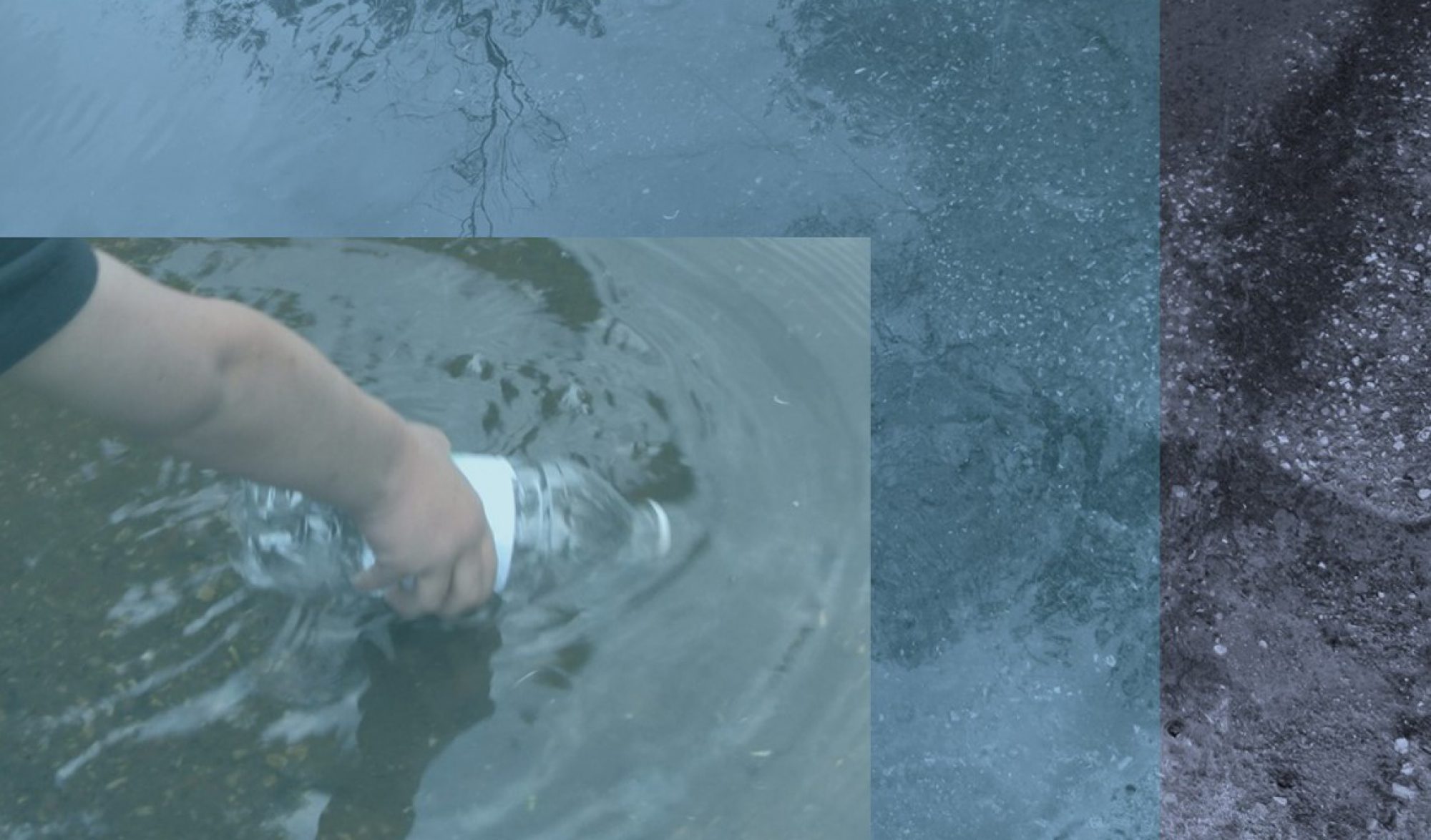About the following project examples…You will see the same underlying Earth Systems Journey structure, elements, and principles, but you will also see significant differences. That is because each time an Earth Systems Journey is implemented, it uses a different “flow node” (eg a classroom sink, a storm drain, a light switch). But Earth Systems Journey also varies because it is intended to be adapted to people, place, and program. It is adapted to people, by reflecting the ages and culture of the participants, for example it has been applied in ages from preschool through high school, and soon will be applied at the college level. The arts and storytelling, activities, and supporting content, of course needs to adapt to each age group. It is adapted to place, by considering the specific way that the resource of focus (eg. drinking water, stormwater, electricity, materials/waste, etc.) flows through that landscape. For example, most drinking water in the Twin Cities comes from the Mississippi River, whereas water in rural, western Minnesota may come from a well. And it is adapted to ‘program’ in how collaborations are formed with teachers or camp leaders to bridge the model to themes of interests and learning goals or education standards to be met. For example, in River Journey, the school staff were interested in bridging the Earth Systems Journey model to questions of how we value the Mississippi River economically, ecologically, and as part of community. Whereas in the recent Big Stone Lake Stories, the emphasis was on emphasizing the art-making dimensions of the model and on local challenges with aquatic invasive species.
Here are Earth Systems Journey projects that have been implemented:
(Most have web links for more information)
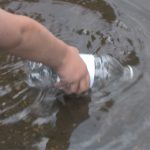
Downstream/Upstream: Exploring the Urban Water Cycle
Pre-K & Kindergarten, 2011 (private school)
Children’s Discovery Academy, Little Canada, MN
Flow Node: Classroom sink, following drinking water and sanitary sewer, and also addressing stormwater
April Showers, Storms and Flowers (website not available)
2nd Grade, 2013 (public school)
Edgerton Elementary School, Maplewood, MN
Flow Node: Storm drain, following rain from roof to storm system and ponds

River Journey: Exploring the Value of the Mississippi River
9-12 grades, 2014-2015 (charter school)
River’s Edge Academy, St. Paul, MN
Flow Node: Kitchen sink, following following drinking water and sanitary sewer, and also addressing stormwater
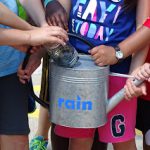
Mississippi River Water Journey Camps
Ages 6-11, 2016, 2017, 2018 (planned for annually) (summer camp)
University of Minnesota Youth and Recreation Wellness Summer Camps, St. Paul Campus, Falcon Heights, MN
Drink week flow node: Drinking fountain
Rain week flow node: Storm drain
View the VIDEO
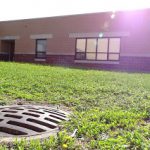
Rain-Drain-Pollution-Solution
6th grade, 2017 (public school)
Edgerton Elementary, Maplewood, MN
Flow node: Storm drain
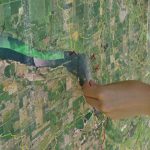
Big Stone Lake Stories (documentation in progress)
Grades 3-10, 2018 (Environmental Education Summer Camp)
Bonanza Education Center, near Ortonville, MN
Flow node: Sink, considering well and septic connections to ground and surface waters

Power Systems Journey: Making the Invisible Visible and Actionable
Undergraduate and Graduate “Grand Challenge” Class coming Spring 2019
Co-taught with Paul Imbertson
University of Minnesota
Flow node: Classroom light switch, following electricity from generation, distribution, to point of use
